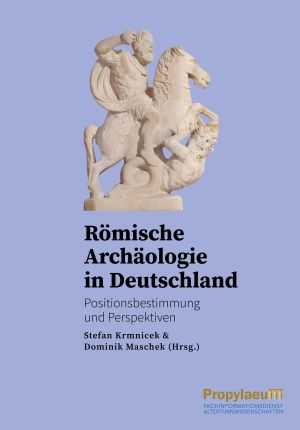
How to Cite
License

This work is licensed under a Creative Commons Attribution-ShareAlike 4.0 International License.
Published
I tripodi a verghette in Etruria e in Italia centrale
Origini, tipologia e caratteristiche
The Etruscans were excellent bronze craftsmen: this is proven both by numerous archaeological finds and ancient written sources. Especially between the 6th and 5th centuries BC, the Etruscan bronze workshops reached a very high level of craftsmanship and specialised in the production of household goods and banquet accessories, which were exported to all corners of the Mediterranean and north of the Alps.
Among the most valuable creations of the Etruscan bronze craftsmen were the staff trivets, a kind of stand assembled from several cast pieces and decorated with small figurative decorations. As one of the most important and significant elements of banquet accessories, they were often part of lavish funerary furnishings inside and outside Etruria, and because of their symbolic value they were even consecrated in sanctuaries. Their peculiarity emerges above all from the figural representations that adorned them and at the same time marked them as bearers of mythological stories.
A detailed study clarifies the typological connections of these Etruscan works of art with their models from the Near East and Greece by carefully examining all their technological and stylistic aspects. Thus, the significance of the staff triforms and their nature of prestigious objects for the Etruscan and non-Etruscan elites is fully revealed.






